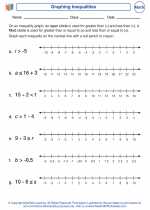Linear Patterns
A linear pattern is a sequence of numbers that increases or decreases by the same fixed amount each time. This fixed amount is called the common difference. Linear patterns can be represented by an equation in the form y = mx + b, where m is the slope and b is the y-intercept.
Identifying Linear Patterns
To identify a linear pattern, look for a constant rate of change between consecutive terms. If the difference between consecutive terms is always the same, then the pattern is linear. For example, the sequence 3, 6, 9, 12, 15 is a linear pattern with a common difference of 3.
Finding the Equation of a Linear Pattern
To find the equation of a linear pattern, you can use the formula y = mx + b, where m is the slope and b is the y-intercept. The slope can be found by calculating the difference between any two consecutive terms in the sequence. Once you have the slope, you can find the y-intercept by substituting the values of x and y from any point in the sequence into the equation and solving for b.
Study Guide
- What is a linear pattern?
- How do you identify a linear pattern?
- What is the equation of a linear pattern?
- How do you find the slope of a linear pattern?
- How do you find the y-intercept of a linear pattern?
- Practice solving for the equation of linear patterns using given sequences.
- Graph linear patterns on a coordinate plane.
- Apply linear patterns to real-life situations and problem-solving.
By understanding linear patterns, you can analyze and predict the behavior of numerical sequences and apply this knowledge in various mathematical and real-world contexts.
.◂Math Worksheets and Study Guides Seventh Grade. Equations and Inequalities

 Worksheet/Answer key
Worksheet/Answer key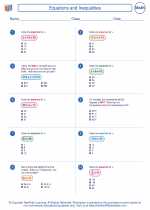
 Worksheet/Answer key
Worksheet/Answer key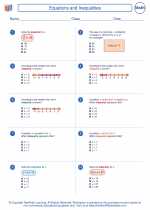
 Worksheet/Answer key
Worksheet/Answer key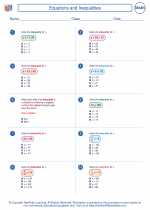
 Worksheet/Answer key
Worksheet/Answer key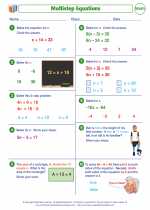
 Worksheet/Answer key
Worksheet/Answer key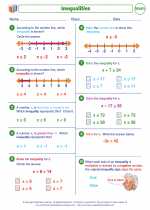
 Worksheet/Answer key
Worksheet/Answer key